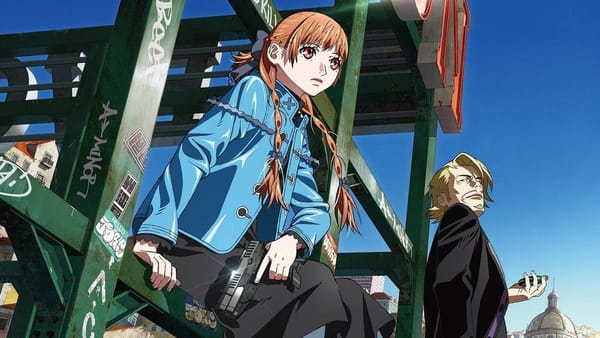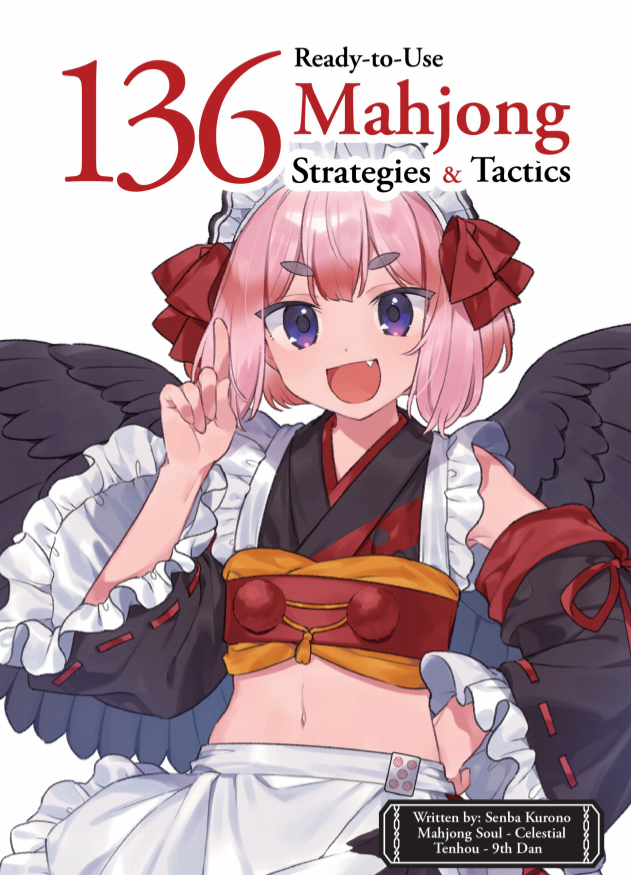Street Fighter 6 Beta: (Incomplete) Gameplay Review
Fighting Ground; the core battle engine
I was lucky enough to get into the second beta for Street Fighter 6 a while back. Previously, just going off trailers, I wrote about the game’s overall approach. For this piece I’m just going to talk about the actual fighting component.
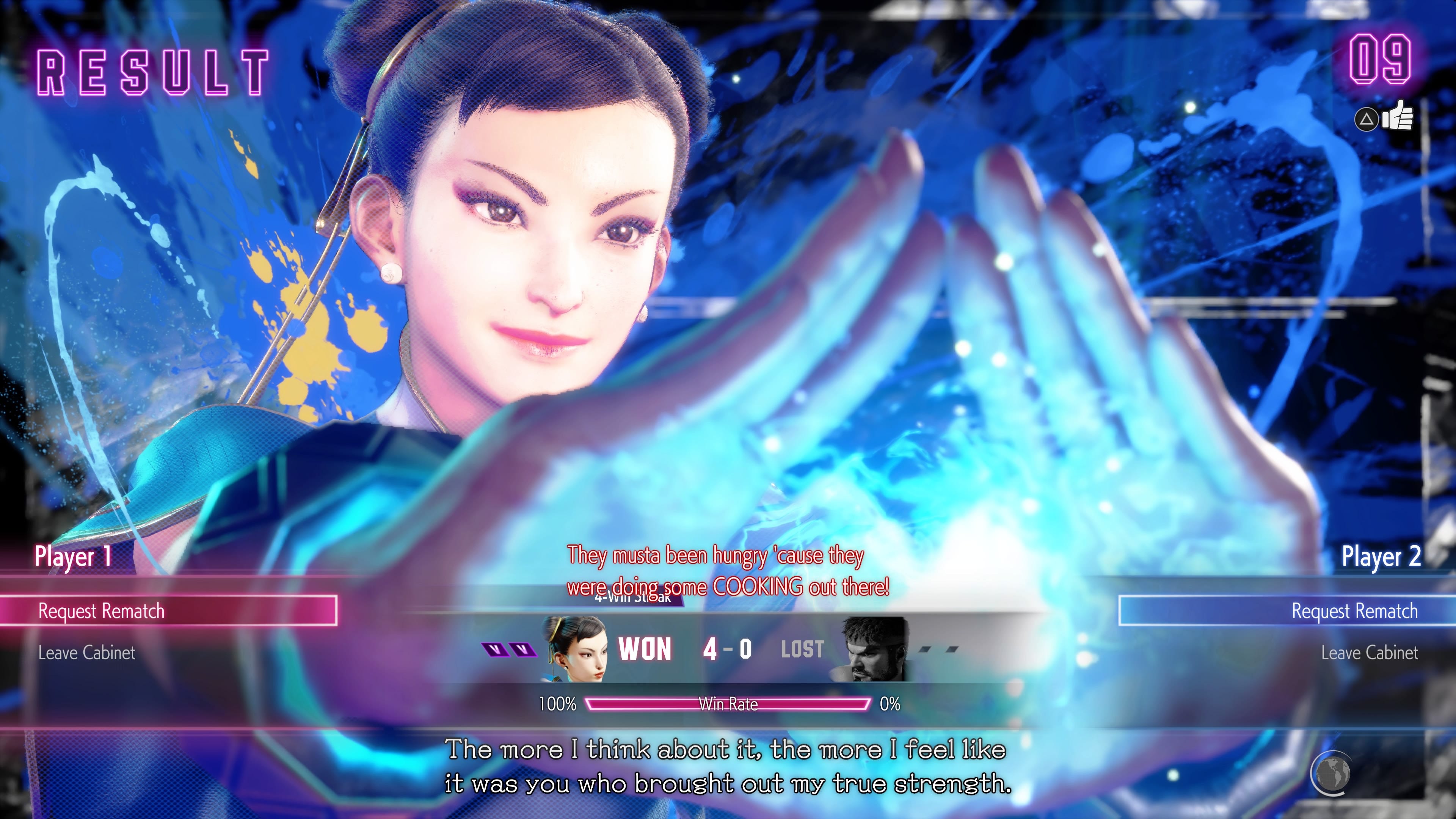
Going against recent genre trend, Street Fighter 6’s fighting system is unapologetically complex. Characters have lots of moves, there are multiple sub-systems to think about at all times, and players who understand combos will crush those who don’t.
The game offers newbies a set of training wheels in the form of simplified control options, but otherwise the fighting engine is pure red meat for hardcore competitive players. Those who aren’t into that— or at least into spectating it— are expected to go have fun in the large-scale single-player World Tour mode.
How we got here
To explain how we arrived here, let’s break down the series progression over the last 15 years. Street Fighter IV brought the series back to basics among a crowd of peak-hardcore fighting games in the 2000s, and in so doing it revitalized the series and the genre.
SFIV felt great to pick up and play, which was all it needed to sell. But to compete, you needed to put hundreds of hours into mastering an array of unreasonably demanding and deadly boring techniques, including glitches and exploits.
Thus the developers of Street Fighter V set out to make a more accessible competitive fighting game, one a player could play at a high level without devoting months of their life to learning to press a button in a precise one-sixtieth of a second. Aside from the most elaborate trick-shot combos, anything you see a player do in SFV is pretty easy to replicate yourself.1
Unfortunately for SFV, this trimming down led to a highly restrictive game: the best characters are meant to be played, move for move, in one particular way. Expert-level players— myself included, if I may call myself an expert— felt trapped and bored, like they were just going through pre-planned motions. The phrase “player freedom” started to pop up.
Street Fighter 6 looks at all these problems from a completely different angle. Rather than completely reforming the game engine around streamlined accessibility (SFV, Guilty Gear Strive), Street Fighter 6 insists upon core complexity.
It’s clear from just this beta that Street Fighter 6 will have more than enough going on at all times to keep the brains of even professional-grade players thoroughly occupied.
And we fighting game players crave that stuff.
Character complexity
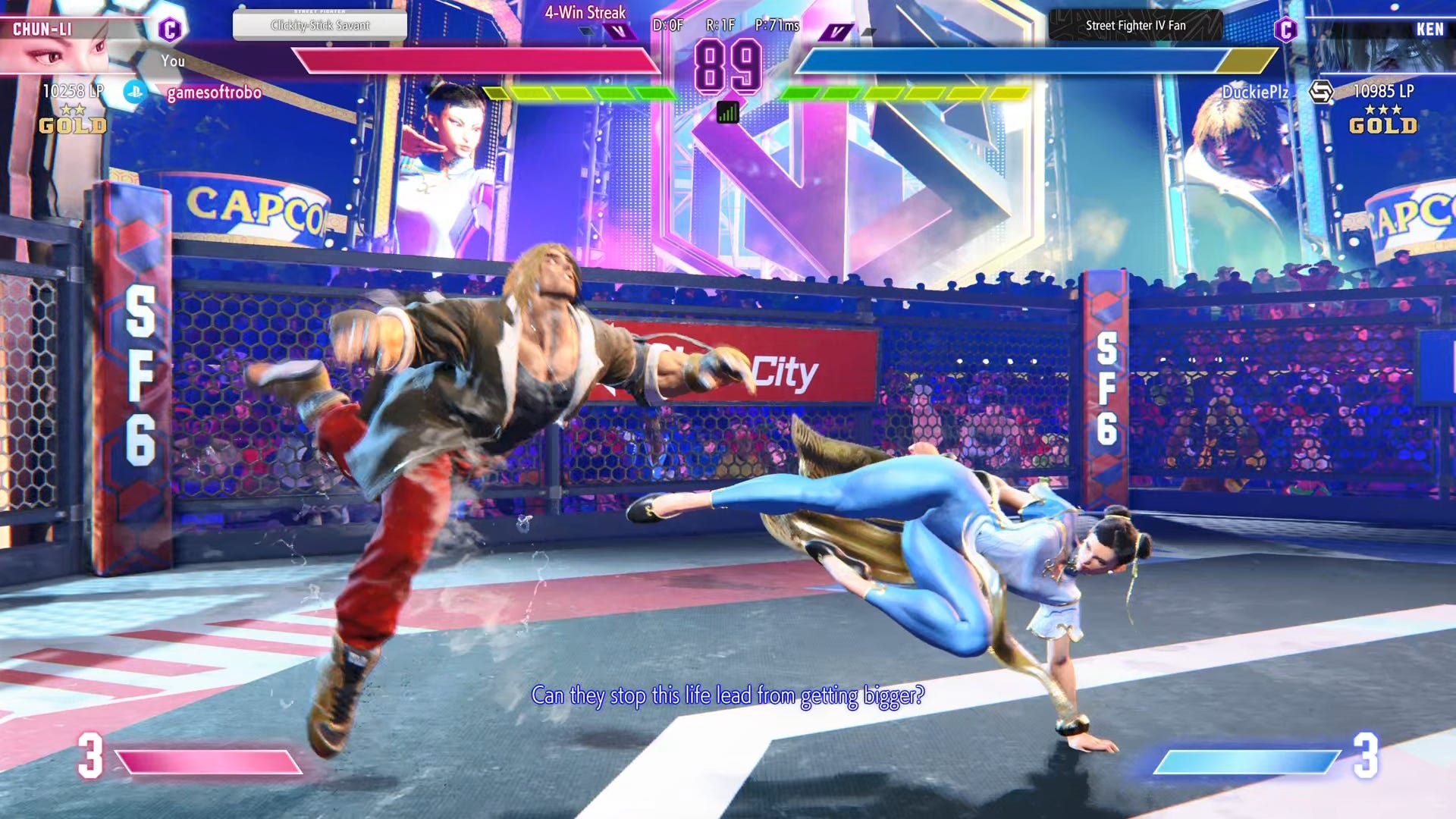
I recall the battle planner of SFV saying that they had trimmed the initial cast down to absolute raw essentials, only including those moves that had core, purposeful uses. SF6 doesn’t go all the way in the other direction, but it definitely wants to offer a lot more than essentials.
I mostly used Chun-Li, probably the second most high-effort technical character available in this beta next to Kimberly the ninja.2 By the end of the weekend I had her basic play down, but it wasn’t like SFV, where I felt like I knew everything there was to know about Karin after the first few days. There are layers.
Chun-Li has most of her old moves from over the years, as well as a new low stance that she can use to evade counter-attack and hit from a low angle, similar to Pai in Virtua Fighter or Xiaoyu in Tekken. It’s a very risky and sneaky maneuver, but I was able to consistently slip under unsuspecting opponents.
Other classic characters like Ryu and Ken have similar tweaks to their basic design that give them more uniqueness and complexity. These aren’t moves so strong that you must use them, like SFV’s V-Triggers, but rather new choices that you can integrate into your play, or not.
Some rounds I used Chun-Li as a defensive wall; other rounds I rushed in aggressively. With a lot of strong options, it felt like I could play the character the way I felt like playing, or switch my game plan as my opponent changed their own tactics.
In SFV— and I played a lot of SFV— winning was more about sticking to one’s own pre-determined winning gameplan and not making mistakes. This could change by the time it’s been out for six months, but right now, SF6 feels more free.
What’s the difference? The Drive system

SF6’s entire core gameplay is built around the green bar you see under the life bars: the Drive system. Drive is a resource that you can spend on five different powerful moves.
It’s up to you how you spend your Drive meter— big combos, perfectly timed parries, plowing through opponents’ openings with armored attacks3 — but, crucially, you don’t have a lot of it. Blocking and taking damage from certain moves will drain your Drive too, so it’s precious.
Rather than a “comeback mechanic”, Drive is in fact a slippery slope: the player doing better in the fight has more resources to work with.
When you run out of Drive your character gets burned out, which is to say you can’t do any Drive stuff, you take more damage and even stay stunned longer when you block. The cost for losing all your Drive is very high and potentially fatal; you can bet that if I hit you while you’re in burnout, I’m going to dump all my super meter into making sure I hit you as hard as I possibly can.
Every moment of every match, on offense and on defense, you are thinking about how much Drive you have and how to spend it.
If you land a combo hit, you’re thinking about whether you can afford to use an EX move to extend the combo, or maybe dip into some of that precious super meter in hopes of ending the round. Particularly during combos, quick-witted players can determine exactly how much damage they want to deal relative to the match situation.
If you’re blocking an opponent, you’re thinking about whether to spend Drive on a parry or Drive Impact. If you’re right, it will pay off, and if you’re wrong, you’ll be down some meter and maybe take a nasty counter hit.
Drive is always on the player’s mind, no matter what. Players who choose to ignore the Drive meter, or let it slip their minds, will quickly burn out and put themselves at a major disadvantage.
But in the beta, I found a lot of players were willing to put themselves into burnout on purpose, hoping to do big damage and maintain their offense. That’s a risk they’re willing to take, and the game lets them take it. It’s an element of style.
The Drive system forces the player to make choices that establish their particular play style. These choices will not be the same for every player, nor should they be. They depend on how you, personally, want to play the game. Player freedom.
About damage
Even 4f punishes are potentially enormous in this game and i woke up thinking about this. Good night
— Dave@Birdie Wing, Now And Forever (@sasuraiger) 6:57 AM ∙ Dec 19, 2022
The first SF6 match I played, I thought the damage was really low as some kind of concession to casual players. As I got more used to the system, I realized this was anything but the case: damage is really high, but only for players who know how to get it.

Players who understand the combo system in SF6 will crush those who don’t, every time. The beta specifically tells you that combo knowledge is the difference between a beginner and an intermediate player.
And there are so many ways to maximize your damage payoff in a combo: players choose to spend Drive and super meter based on how much damage they want to deal. Ken and Ryu players can throw off as many invincible Shoryukens as they like, but the cost for missing one is higher than ever.
The new “punish counter” system, replacing SFV’s Crush Counter, adds extra frames of hit-stun to all punish attacks-- not just those after invincible attacks-- making new combos possible in these situations.
Say I use Chun-Li’s lightning legs, you block it, and hit me with a light punch, the only attack fast enough to hit me while I’m still open. That’s a punish.
In SF6 that blocked special move is especially unsafe, because I can punish with a light punch, and in this specific situation I get a free medium punch after that, and that’s enough to start a full combo that could take half your life bar away.
This one quirk has big implications, and it was apparent from just a little bit of time in the game’s extensive training mode that there was going to be a lot more to learn here. I’m looking forward to it.
Speaking of frames
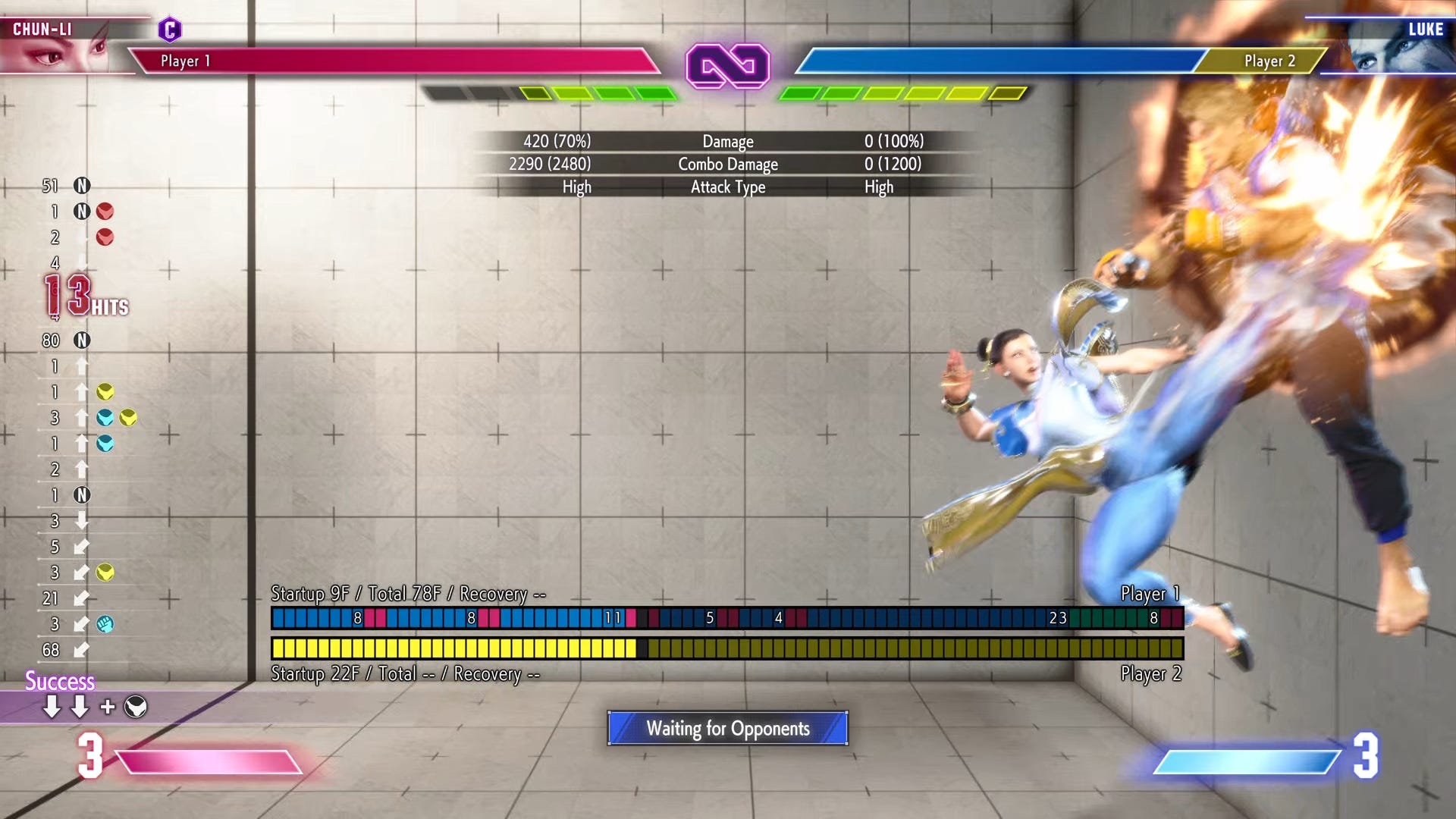
SFV was dominated by frames; arguably, you needed to know your character’s frame data in order to play a proper offense game at all.
Street Fighter 6 is still a frame game, but it isn’t dominated by repeatedly using attacks that maintain your frame advantage even when blocked. Again, it’s a matter of complexity.
Correcting SFV’s biggest issue, most attacks are disadvantaged on block. Players can’t push an overwhelming risk-free offense, as they could in SFV. There’s room to take a risk and keep attacking, but there’s also room for the defender to press a button and get out of trouble.
But advanced players will still have to understand their frames, especially because the punish and burnout systems both actually change some frame data.
Why, talking about it makes me really want to go back into training mode and do some experiments, but oh, whoops… SF6 won’t be out until next summer. Well, as you can tell, they’ve already got the bug in my head.
I leave out on purpose SFV’s poisonous launch and its general (justified) rejection by casual players. How and why that happened is a whole other subject. ↩
I was stunned by the level of some of the Kimberly players I encountered until I remembered that there are players out there playing a cracked version of the PC beta. SF6 day one is going to be very interesting. ↩
To beat Drive Impact, simply jump, throw, or react with a Drive Impact of your own as soon as you see the telltale color effect. Do not start a FGC Twitter thread about Drive Impact; you won’t learn anything. ↩

